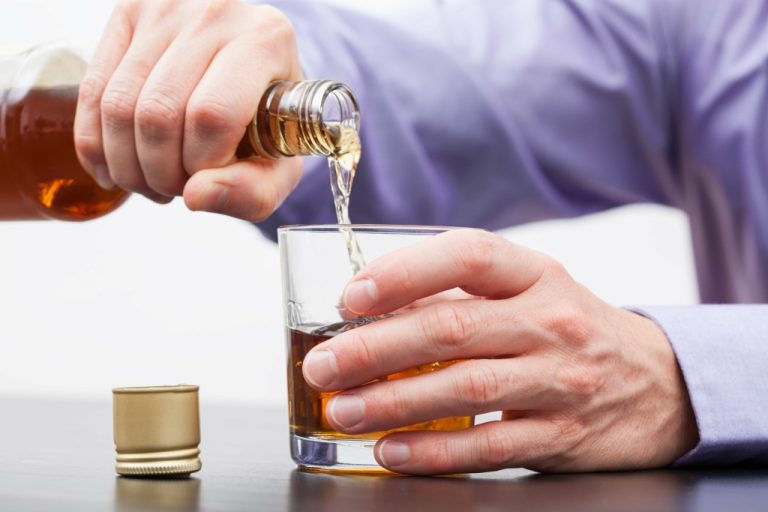There are various treatment options available for alcohol use disorder. These include talk therapy, support groups, and medications. These treatments are often used together to provide comprehensive support and tackle the issue from multiple angles. Recognizing the health risks of heavy drinking and developing comprehensive, integrated treatment plans are essential for a successful recovery journey. With the right strategies and support systems, overcoming alcoholism is possible, leading to alcoholism symptoms a healthier, more fulfilling life.
For Loved Ones

A person’s fear of the aversive effects of the disulfiram-alcohol interaction can be a deterrent for some patients. Disulfiram is considered a second-line option by most physicians, with naltrexone being most widely prescribed and naltrexone and acamprosate serving as first-line options. Many treatment plans begin with a detoxification program to help treat withdrawal symptoms after you stop drinking alcohol.
- Intensive therapy & support for those who do not require 24/7 hospitalization.
- People undergoingoutpatient treatment can live at home and may be able to work, too.
- They’ll be able to recommend any local options for recovery centers or support groups.
- Finding or reaching out to other sober people can also help.
What are treatments for alcohol use disorder?
- Some people try to avoid withdrawal symptoms by cutting back on alcohol instead of giving it up all at once.
- Recovery support could include formal aftercare programs facilitated by professional addiction services, informal relationships built in the community, and much in between.
- Symptoms may include an intense urge to consume alcohol, even when drinking has become problematic.
If you’re getting through alcohol withdrawal at home, here’s what can help. These medications aren’t for everyone but could help lessen severe DT symptoms, such as hallucinations and aggression. If you’re given this type of medication, you’ll need to be closely monitored.
Is an at-home alcohol detox or medical detox right for you?
- It can aid in decreasing cravings, minimizing withdrawal symptoms, and preventing relapse.
- With each dose of naltrexone, the goal is for the cravings and urges to lessen, leading to less alcohol consumed each time.
- Teams of addiction specialists and psychiatrists align medication, psychotherapy, and peer support, preventing patients from ping-ponging between silos.
- If you buy drugs, you should consider telling your dealer that you are quitting; ask your dealer not to call you and not to sell you drugs anymore.
It’s important to not enable destructive behaviors and to maintain appropriate boundaries if the person with the alcohol addiction is still drinking. This can mean cutting off financial assistance or making it difficult for them to fulfill the addiction. Therapy is useful to help teach someone how to manage the stress of recovery and the skills needed to prevent a relapse. Also, a healthy diet can help undo damage alcohol may have done to the person’s health, like weight gain or loss.

Treating Alcohol Use Disorder
Given the potential severity of withdrawal symptoms, detoxification from alcohol should always be conducted under medical supervision. Medical professionals can provide medications to ease withdrawal symptoms and ensure the safety and comfort of the individual during this critical phase. Detoxification from alcohol is often the first step in alcoholism recovery.

Addressing these issues through comprehensive alcoholism treatments is critical for recovery. After discussion with you, your health care provider may recommend medicine as part of your treatment for opioid addiction. Medicines don’t how to treat alcoholism cure your opioid addiction, but they can help in your recovery.
